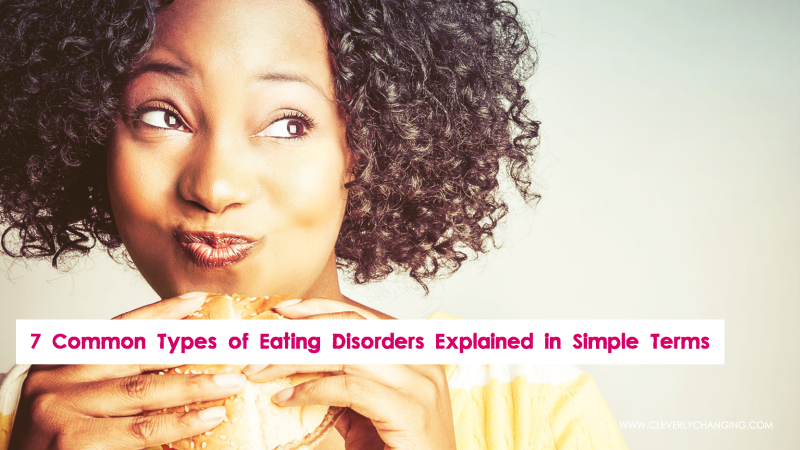Eating disorders are one of the most common types of psychological disorders known to man. They can also be one of the most difficult to battle. What is more, there are several different types and intensities of eating disorders, meaning that every case of an eating disorder is completely unique.
Below are some of the most common types of eating disorders.
Anorexia Nervosa
One of the most widely known eating disorders would be anorexia nervosa. This eating disorder involves starving oneself or eating as few calories as possible as a means to lose weight. There is also a type of anorexia nervosa called atypical anorexia nervosa, which involves restricting one’s intake of food, however, with less significant weight loss.
Bulimia Nervosa
This eating disorder is opposite of anorexia nervosa but still has an underlying goal of intaking as few calories as possible and becoming thin. Those with bulimia tend to eat a lot of food at once, which is then followed by purging or throwing up to get those calories out of one’s system.
Avoidant Restrictive Food Intake Disorder (ARFID)
Those with AFRID tend to have a very restrictive way of eating. They may be exceptionally picky when it comes to certain foods, food textures, colors of food, and/or entire food groups. Whether it’s a fear of choking or other psychological problems, AFRID can trigger weight loss, malnourishment, and slow growth in children.

Binge Eating Disorder
Those with binge eating disorder binge eat or, in other words, eat large quantities of food in one sitting. For some people, it may be a simple lack of control while others might find emotional comfort in binge eating. It differs from bulimia as purging isn’t a part of this disorder. Not to mention, significant weight gain is usually the result of this disorder.
Orothorexia
This disorder is an obsession with eating as healthy as possible. Those with orthorexia may cut back their calories excessively and be incredibly precise about the types of foods they put in their bodies, to the point where they lose weight and deal with nutrient deficiencies.
Pica
Pica is craving and consuming objects that are not food. This can be anything from dirt, to cotton, to hair, to pieces of rubber. Pica may be due to developmental disorders, mental illness, dementia, or nutrient deficiencies. This disorder can cause digestive issues, lack of nutrition, and weight gain or loss.
Rumination Disorder
While most common in children, rumination disorder can be present in anyone. It involves swallowing food, bringing it back up, chewing it again, swallowing it again, and so on, before officially swallowing it. Weight loss and inadequate nutrition often result. Rumination disorder often is due to significant stress, a GI disease, or a viral infection.
Do you or a loved one suffer from any of these eating disorders? It’s time to get professional help. Whether it’s through setting up therapy or starting day treatment for eating disorders, it’s not too late to get the assistance you or your loved one needs.
Eating disorders can be complex, simply put. With so many types of eating disorders, different combinations of symptoms sufferers may deal with, and different levels of intensities, diagnosis, and help may be more difficult than imaginable. The good news is there is still a variety of means of help one can receive for any kind of eating disorder to become their healthiest self.

